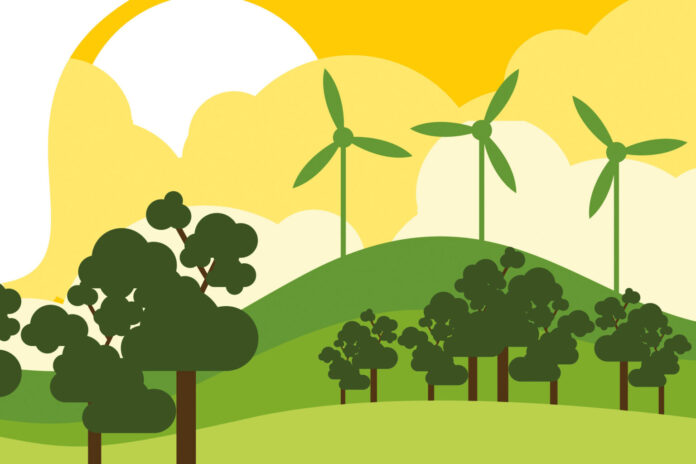
Alissa MacMillan
Q: I have been seeing lots of advertisements recently for the brown bin and how we can all get one. How important is it for recycling?
A: Yes, beginning from January 1st this year, new EU legislation states that all households in Ireland, no matter how rural, can have access to the brown bin, the one where you can toss in all of your food waste.
Getting a handle on this would be a boon to the economy and the environment – as we’ve noted in columns past, if food waste goes straight to landfill, it emits methane gas, so is not only a harm to the climate but it misses out on contributing to the environment’s health, as it could become compost or be used as energy.
And this is exactly what brown bins aim to do, according to Pauline McDonogh, an environmental scientist with the Southern Regional Waste Management office in Limerick.
“The more we can separate out, the cleaner and more separate we can get each fraction of waste, the more we can do with it,” she explains. With more separation, more of our waste can become a resource.
REAL CIRCULAR ECONOMY
The good news is, as McDonogh says, all of the food waste we collect here ends up being treated on the island, some of it north, but “it isn’t exported across the sea, in comparison to everything else.” It heads in one of two directions: if it’s mixed garden and food waste then it goes for composting at an industrial scale which becomes the compost we can buy in garden centres. “This is fantastic,” notes McDonogh, “it is replacing peat which we no longer want to use as well.” When buying compost, look for Irish made, non-peat based, and that will be made from food waste. It’s out there already, including compost from Bord na Mona, who has a waste management division.
The second direction, for food waste from smaller bins, is for “anaerobic digestion,” which is “where we take food waste and agricultural slurry and mix the two together in a digester and convert it into gas,” explains McDonogh. That gas is used to generate electricity and is sold onto the grid.
“It’s the real circular economy,” she adds, “food treated here in Ireland to make compost or electricity to be used again by the Irish.”
Prior to this new legislation, 69% of households in Ireland had access to brown bin service, with businesses and restaurants having had access for some time. But that doesn’t mean everybody is using it: “presentation rates” are as low as 55% and about 15-20% don’t use the bin they’re given, says McDonogh.
According to cre.ie (The Composting & Anaerobic Association of Ireland), looking ahead to 2030, “industrial organic recycling” can provide “10% of the Government commitment for biomethane and up to 1/3 of the EU municipal waste recycling target for Ireland.”
“The capacity to grow this industry is limitless,” McDonogh says, and one that can create new businesses and jobs around the bioeconomy.
As with the dry recycling bin, the system can only work with the help of every individual using it properly. According to mywaste.ie, all types of food can be put in the brown bin, including vegetable peels, raw and cooked meat and fish, food-soiled napkins, paper towels, compostable packaging, and grass and light garden waste.
“A plastic bag in the brown bin is a complete no-no,” warns McDonogh, so you need to put it in a fully compostable liner – not just biodegradable but compostable – which are widely available in supermarkets. Your fruit and veg bags might even work, as many of them are compostable, even some Aldi shopping bags. Or, you’re welcome to just toss food waste in the bin directly or wrap it in newspaper or a brown paper bag with little ink on it, but it will get “wet and mucky,” so McDonogh suggests lining the bottom of the bin with newspaper.
“If a load comes in and there is a lot of visible material that isn’t food waste, it will be treated as waste waste,” says McDonogh, so the efforts of others will be lost.
BNIG STEP FORWARD
There are some unexpected benefits to going with the brown bin: your regular bin stays much cleaner and doesn’t get stinky and you become more conscious of what you’re using and not using.
“Once you get organiSed, you feel more engaged with what you’re throwing away and you become more resource efficient,” says McDonogh, even down to portion size. You’ll notice how you tend to throw out extra pasta, for example, or that you buy too many bananas.
And while they say the bin can be gotten anywhere, there are some small exceptions, like the Sherkin Islands and Inisheer, one of the Aran Islands in Galway Bay, but they have their own community waste management for food separation. For the rest of us, using the brown bin is an easy way to contribute to the circular economy.
“For every kilo of food that we buy, store, cook, prepare, serve, then throw away, it’s mind blowing,” says McDonogh. By using brown bins, “we can change this.”











